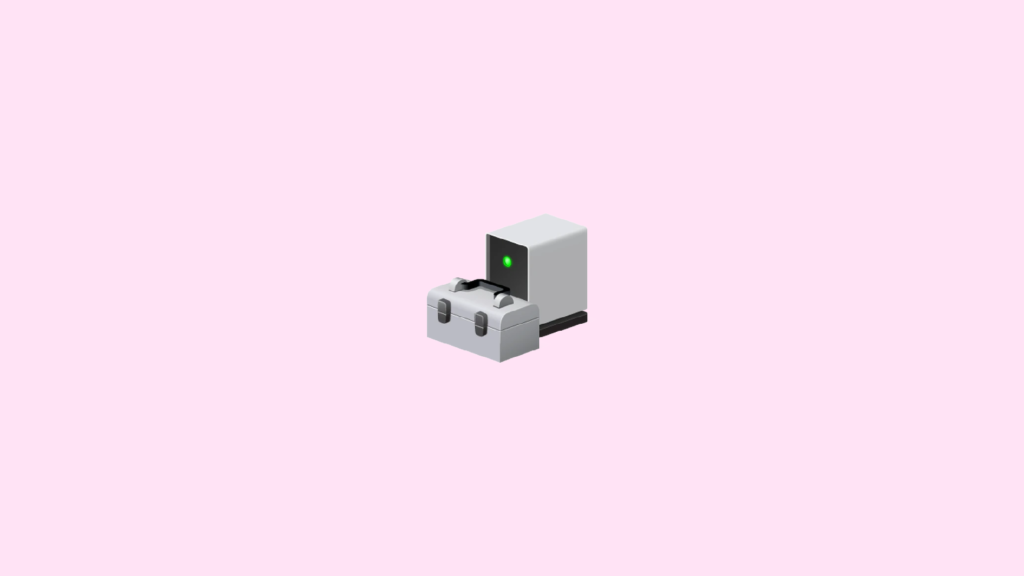Users of this program can add and uninstall hardware as well as its drivers. It is so helpful that I always include at least one reserved remedy that relies on the Device Manager in my how-to guides for fixing Windows. It’s not difficult to run any software on Windows as an administrator. And if you’re a rookie to Windows, I’ve listed here the many approaches you can take to open Device Manager as Administrator on your Windows device. Let’s look into these.
What is Device Manager?
The Device Manager, a feature of the Microsoft Management Console, offers a centralized, well-organized view of all the Microsoft Windows-recognized hardware that has been installed on a computer. The Device Manager can manage several types of computer hardware, including USB devices, hard drives, keyboards, and sound cards. It can be used for various tasks, including changing hardware configuration choices, managing drivers, turning hardware on and off, finding hardware conflicts, and much more. Consider this utility to be Windows’ top list of recognized hardware. This centralized program allows you to configure every piece of hardware on your computer. Nearly all Windows versions include Device Manager.
Run Device Manager as Admin
Device drivers can be installed, removed, and updated using the Device Manager. Normally, administrators, not regular users, carry out such system modifications. Admin privileges are required for making changes through the Device Manager. But once you have those credentials, you may use your favorite way to launch Device Manager as administrator by following the instructions given.
From Command Prompt
- Click Win + R on your keyboard together to open the Run box,
- To launch Command Prompt as administrator, type “cmd” into the Run box and simultaneously press Shift + Ctrl + Enter.
- Type devmgmt.msc into the Command Prompt and hit the Enter key. The Device Manager will then launch as an administrator.
Using File Explorer
You may search for the Device Manager application utility using the Windows File Explorer and then launch it as an administrator from there.
- By hitting Win + E on your keyboard, you can launch the Windows File Explorer.
- Using File Explorer, go to the following path:
- The aforementioned path can also be pasted into the address bar of File Explorer to get there.
- Right-click the devmgmt.msc file in this window and choose Run as administrator. This will launch the Device Manager as admin on your device.
Other Ways to Access Device Manager
Using the Start Menu.
Using the Start menu is one of the quickest ways to launch Device Manager. Click the “Device Manager” icon that shows in the search results after typing device manager into the “Start” menu. The Device Manager will launch immediately.
Using the “Power User” Menu
Few people are also aware of the Power User option in Windows, which contains shortcuts to crucial computer administration tools. The menu will appear if you right-click the Start button or hit the Windows+X keys on your keyboard. Then, from the list, choose Device Manager.
Using Control Panel
You can even access the Device Manager on your system using the control panel.
- Start by typing control panel into the Start menu.
- Then, click on the Control Panel icon.
- Then, select Device Manager from the Hardware and Sound category in the Control Panel.
What is the Device Manager used for?
A graphic representation of the installed hardware on your computer is shown by the Device Manager. You can use this application to see and administer hardware components and their drivers.
Where is the Device Manager on Macs?
Navigate to Go > Utilities > System Information. Alternatively, you can choose Apple Menu > About This Mac > More Info > System Report.
What are the functions of Device Manager?
Using the device manager, users can:
Download and install device driversSwitch most devices on or offIgnore specific devices when/if they breakView each hardware device’s properties, including the maker, model, type of device, etc.
Devices that have been installed but are not currently active can also be seen in the device manager. The user must have installed the device successfully beforehand, and they must enter the following at the command prompt: set devmgr_show_nonpresent_devices=1
Is Device Manager there in Windows 11?
To access the Power user menu, simultaneously press the Windows + X keys, or right-click the Start button. Between System and Network Connections, choose the Device Manager. Switch to the Control Panel.
Why Can’t I Access Device Manager as an Administrator?
Some customers have complained that Device Manager won’t open as administrator or that even when they’re logged in with a local admin account, they can’t access any of the settings. This problem is typically fixed by upgrading Windows and using the SFC and DISM programs to repair system files. If not, you might need to restart the PC or use a system restore point if you don’t have one.
Final Words
The Device Manager is a crucial tool in Windows 10 for configuring or troubleshooting hardware on your computer. Now that you are aware that the Device Manager can be launched using administrative privileges, there are a few ways to do so. Try them out and tell us which one you like best. Please feel free to provide any additional methods you may have for accessing the Device Manager in the comments section below.



